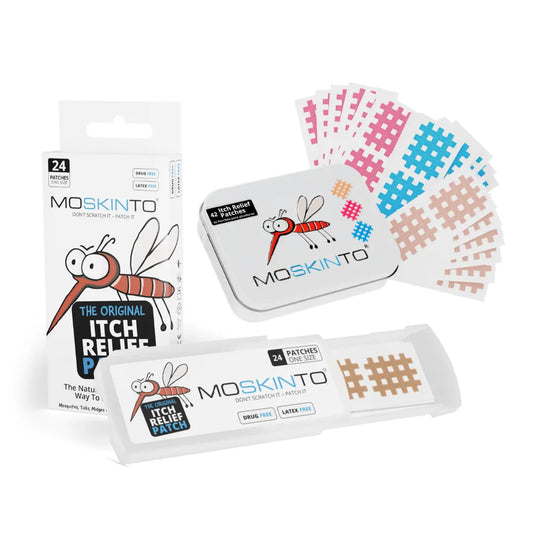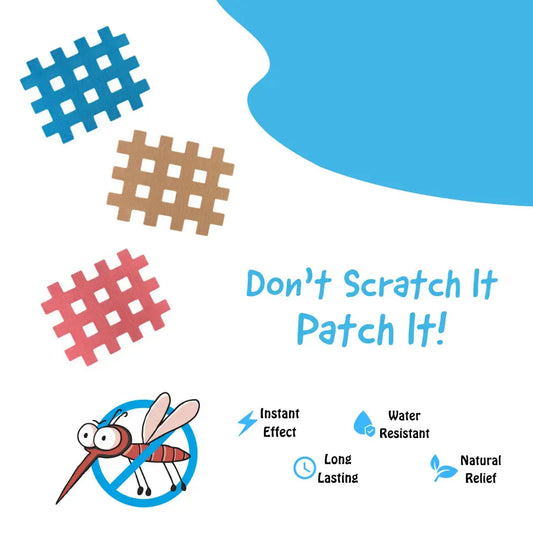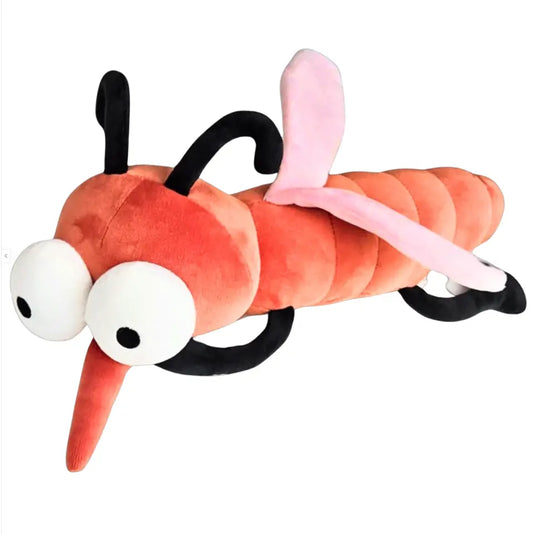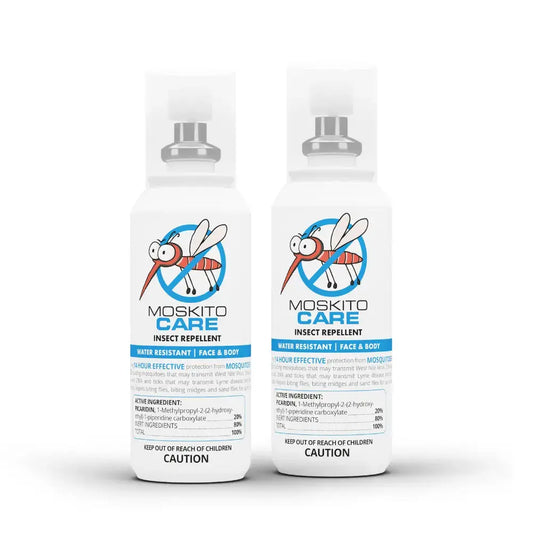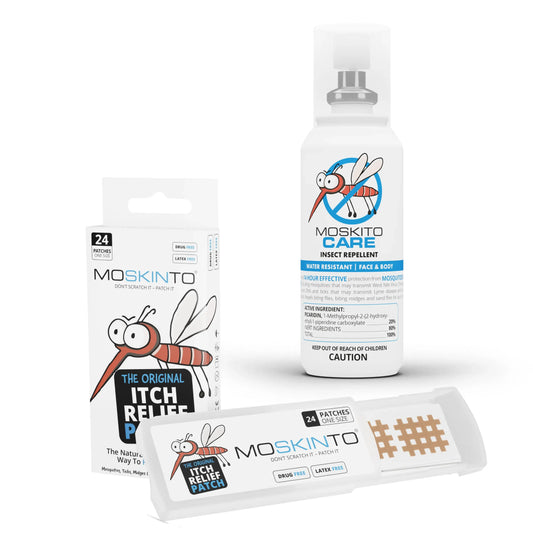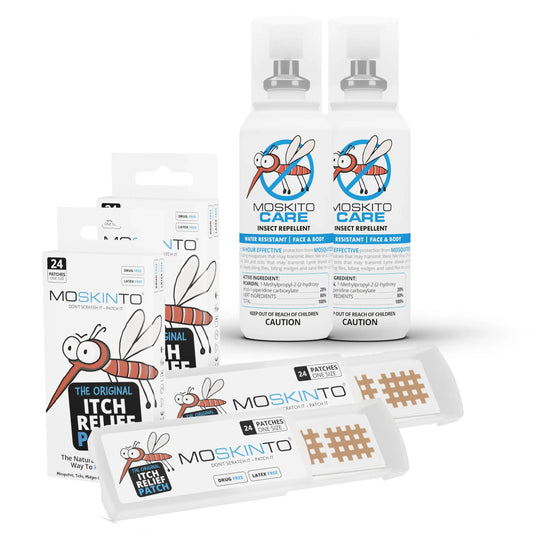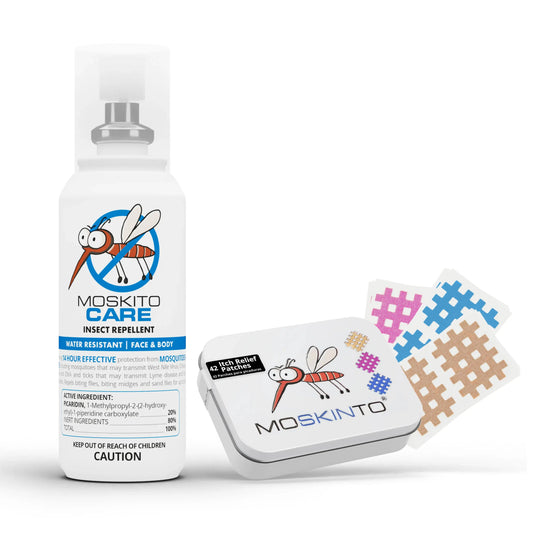The Hidden Danger: Understanding Yellow Fever and the Mosquitos Behind the Virus
Amid the buzzing nuisance of mosquitos lies a threat far more perilous than itchy bites-Yellow Fever, a serious and potentially lethal virus that continues to impact populations across the globe. Characterized by its high fever, jaundice, and bleeding, Yellow Fever is a flavivirus primarily transmitted through the bite of infected Aedes or Haemagogus species mosquitos. This viral hemorrhagic disease can range in severity from a mild, flu-like illness to a more severe form leading to organ damage and even death. Understanding the epidemiology of the Yellow Fever virus is vital for effective prevention and containment. Let us delve into the intricacies of the virus to uncover how the delicate interplay between humans and mosquitos has culminated in a persistent public health challenge.
The Culprit: Aedes Aegypti Mosquitoes
Aedes aegypti mosquitoes are not mere nuisances; they are the primary vectors responsible for the spread of yellow fever. Originating in Africa, these mosquitoes have now spread to many tropical and subtropical regions around the globe, making them a ruthless carrier of this life-threatening virus.
Description of Aedes aegypti Mosquitoes and Their Role as Vectors
The Aedes aegypti mosquito is easily recognizable by its distinctive black and white striped markings. As a vector, it is incredibly efficient due to its preference for biting humans. During the blood meal, if the mosquito carries the yellow fever virus, it can transmit the virus to a healthy individual, perpetuating the infection cycle.
Connection Between Mosquitoes and the Virus
Yellow fever is a viral hemorrhagic disease. The connection between Aedes aegypti mosquitoes and yellow fever is well established. When a mosquito bites an infected host, it becomes a carrier of the virus for the duration of its life. Subsequent bites by the infected mosquito provide the conduit for the virus to move from mosquito to human, continuing the chain of transmission.
- Feeding Habits: These mosquitoes typically feed during the day, which increases the likelihood of human contact and disease spread.
- Breeding Sites: Aedes aegypti prefers to lay eggs in clean, stagnant water, which can be found in a variety of urban and suburban environments.
- Climate Change: The impact of climate change has expanded the geographical range of these mosquitoes, raising concerns about the future spread of yellow fever.
Understanding the behaviors, ecology, and distribution of Aedes aegypti mosquitoes is crucial for developing effective strategies to combat the spread of yellow fever.
Understanding the Transmission Cycle of Yellow Fever
Yellow Fever, a virus capable of causing severe health implications, is primarily propagated through the bite of an infected mosquito. The intricate transmission cycle of Yellow Fever involves a sequence of steps in which Aedes mosquitoes, particularly the Aedes aegypti species, play a crucial role in the dispersal of the virus. Understanding the transmission cycle is vital in controlling and preventing the spread of Yellow Fever.
The Role of Infected Aedes Mosquitoes
Infected Aedes mosquitoes are the primary vectors for Yellow Fever. When a non-infected mosquito feeds on the blood of a person or a primate already infected with Yellow Fever, the virus enters the mosquito. Within the mosquito, the Yellow Fever virus incubates before reaching the salivary glands. Once this process is complete, the mosquito becomes capable of transmitting the virus to other hosts for the rest of its life.
Detailed Transmission Cycle
The transmission cycle of Yellow Fever can be categorized into three distinct ecosystems:
- Sylvatic (jungle) transmission: In tropical rainforests, the virus is transmitted between non-human primates and mosquito species that feed on them. Humans become infected when they enter these areas and are bitten by the wild mosquitoes.
- Intermediate (savannah) transmission: This type often occurs in the border between jungle and human habitation where semi-domestic mosquitoes infect both human and primate hosts. This leads to more sporadic human cases but can sometimes result in small-scale epidemics.
- Urban transmission: The virus is introduced into urban areas by migratory movements of viremic people or mosquitoes. It is then spread by Aedes mosquitoes that breed in close proximity to humans. In urban cycles, the virus is transmitted from human to mosquito to human.
Understanding these transmission dynamics is a cornerstone in the battle against Yellow Fever, enabling health officials to predict and respond to outbreaks more effectively.
Avoiding the Bite: Mosquito Bite Prevention
The battle against yellow fever is not solely fought through vaccines and medical treatment; it also encompasses proactive measures to prevent mosquito bites. These preemptive actions are crucial, as they serve as the first line of defense in safeguarding individuals from the disease vectors - the mosquitoes themselves. To remain protected and minimize the risk of contracting yellow fever, let's delve into effective strategies for avoiding mosquito bites.
Tips on Avoiding Mosquito Bites
- Wear long-sleeved shirts and long pants when outdoors, especially during peak biting times such as early morning and late afternoon.
- Choose clothing made of tightly woven fabric and, if possible, treat them with permethrin or another EPA-registered insect repellent for added protection.
- Stay in accommodations with well-fitted screens on windows and doors to prevent mosquitoes from entering. Use air conditioning when available.
- Eliminate standing water around your dwelling to minimize mosquito breeding sites. This includes buckets, flowerpots, and puddles.
- Sleep under mosquito nets, preferably those treated with insecticide, if you are in an area with a high risk of mosquito-borne diseases.
Understanding the Need for a Good Insect Repellent
An effective insect repellent serves as a crucial barrier between your skin and mosquitoes, the carriers of yellow fever. By applying a repellent that contains active ingredients such as DEET, Picaridin, IR3535, or oil of lemon eucalyptus, you can significantly reduce the likelihood of being bitten. These repellents work by interfering with the mosquitoes' sensory mechanisms, making it difficult for them to detect and land on you. When used as directed, these products are safe and provide long-lasting protection, which is essential for individuals in or traveling to regions where yellow fever is endemic.
